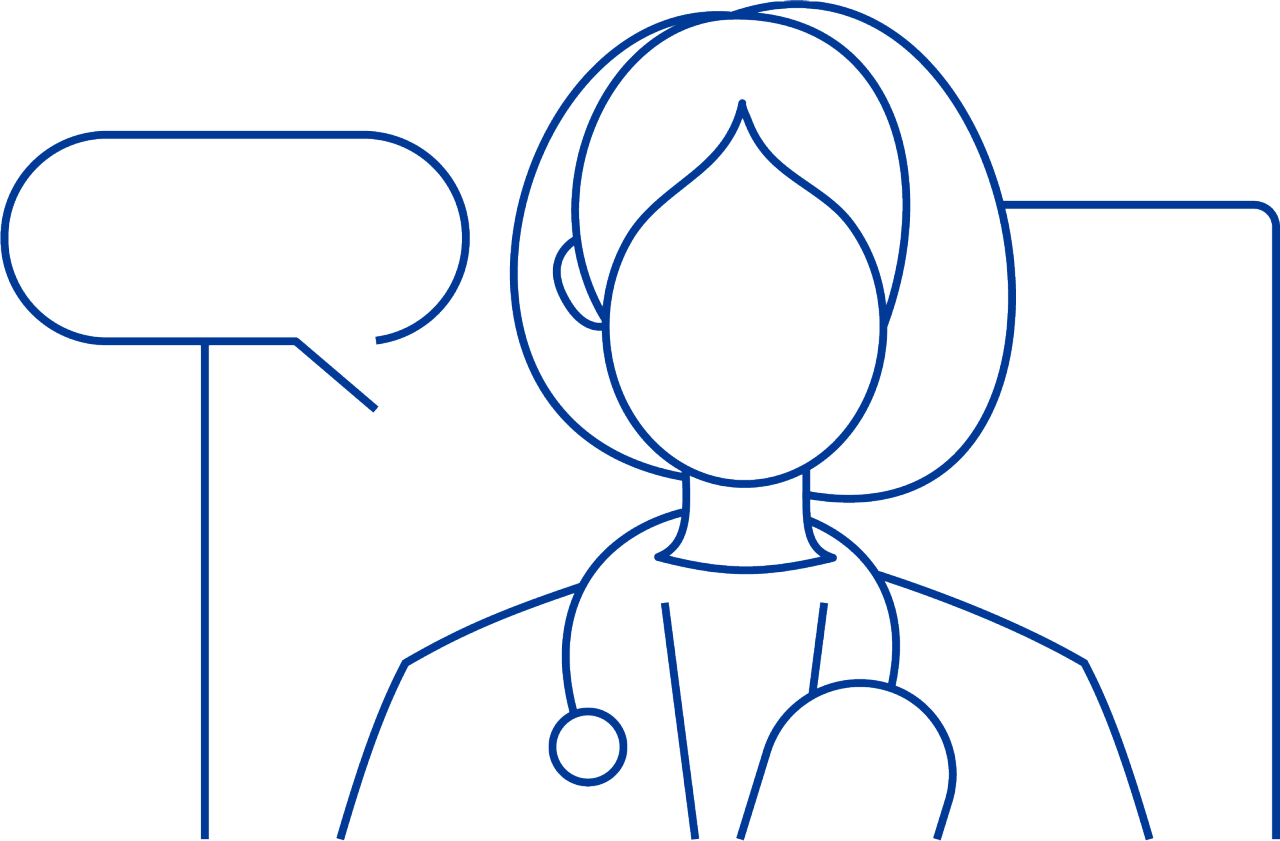After the treatment, you may experience temporary soreness, tenderness or swelling as shockwaves stimulate an inflammatory response. Patients may continue daily activities after shockwave and should continue physical therapy with few exceptions. Focused shockwave has a low reported risk of tendon tearing, so modified activity may be recommended for some patients. In most patients who experience improved pain, resuming activity may be reasonable after 48 hours. Return to sport participation and physical exercise is guided by your physician.
The inflammatory response may help with tissue healing, so it’s important not to take anti-inflammatory medications during treatment, including, non-steroidal anti-inflammatory medications (NSAIDs, including prescribed or over the counter medications of ibuprofen or Aleve or oral medications such as steroids).
Acetaminophen can be used for pain relief. Topical icing may be considered if pain does not respond to acetaminophen.
Patients receive weekly shockwave treatment for three to four total sessions, depending on their condition. Results can vary. Some patients say they begin to feel pain relief after just one treatment. For others, it can take longer for pain relief to begin. The full healing effects may take 3 months to experience from initiating shockwave.
